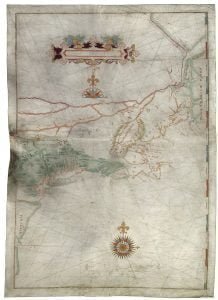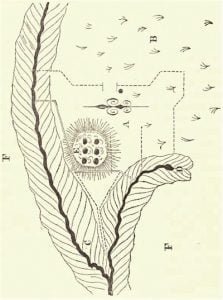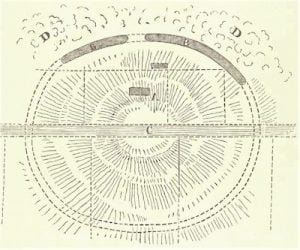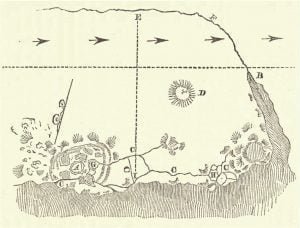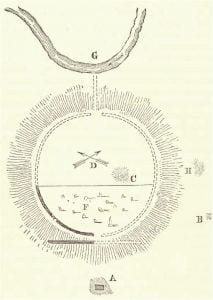Letter from S. A. Goodwin to Henry R. Schoolcraft
Letter from S. A. Goodwin to Henry R. Schoolcraft Auburn, Oct. 17, 1845. My Dear Sir I received yours of the 2d inst. in due course of post, and now send you, at the first practicable moment, a diagram and sketch of the ” Old Fort.” My engagements have been such as to prevent my going out to Geneva, and making a trip to the old fortification alluded to. As to the other one here referred to by McAuley, it is just back of my house, and as soon as I have time to make an examination I will drop … Read more

![Letter from S. A. Goodwin to Henry R. Schoolcraft 1 Diagram of an ancient fortification on Fort Hill, Auburn, N. Y. [Senate, No. 24.] 31](https://accessgenealogy.com/wp-content/uploads/2012/05/page241-273x300.jpg)
